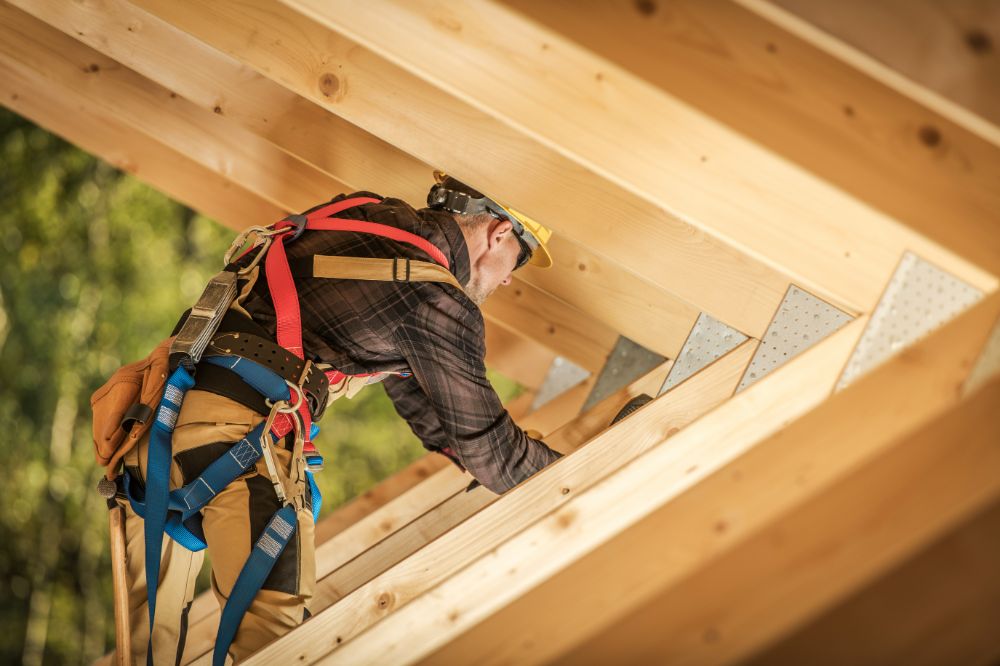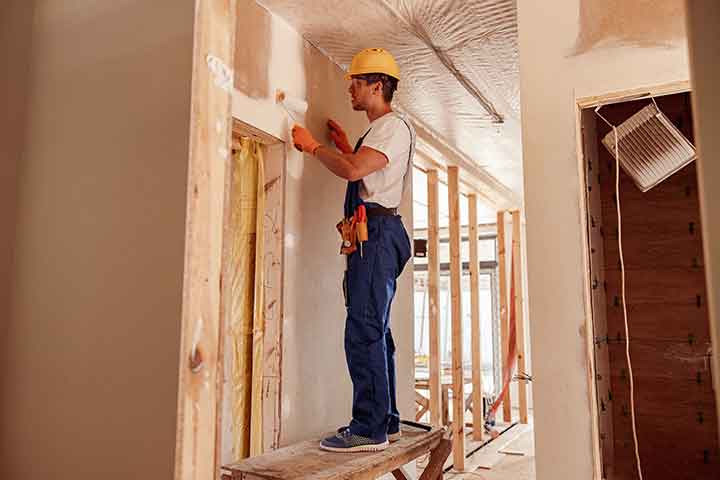Carpentry is arguably one of the most physically demanding jobs in the construction industry. From working with sharp tools to using heavy machinery, carpenters face unique risks that can easily lead to accidents, injuries, and other unexpected incidents. That’s why the right insurance policy is crucial for carpenters, whether they are sole proprietors or part of a larger construction company. This post will dive into carpentry insurance, key coverage types, cost factors, and contractual obligations.
The Craft and Its Vulnerabilities
Carpentry is a highly specialised craft involving various activities such as measuring, cutting, assembling, and installing wooden structures and fixtures. Carpenters typically use sharp tools such as saws, drills, hammers, and chisels, which can cause injury or damage if mishandled. Moreover, carpenters often work at heights or confined spaces, increasing the risk of falls, cuts, and respiratory issues. Therefore, carpenters need insurance policies that protect them from these inherent risks and provide comprehensive coverage for their unique situation.
Key Coverage Types: Beyond the Basics
Carpentry insurance policies typically include several coverage types, such as general liability insurance, property insurance, workers’ compensation insurance, commercial auto insurance, and professional liability insurance. However, carpenters can also benefit from specialised insurance policies catering to their needs. For example, equipment breakdown insurance can cover repairing or replacing damaged tools and machinery. In contrast, installation floater insurance can protect finished products before they are delivered to clients. To learn more about the policies available, read our post on carpentry insurance policies.
Building Blocks: General Liability Insurance
General liability insurance is the cornerstone of carpentry insurance policies. It covers the costs of third-party bodily injury, property damage, and personal injury claims that arise from carpentry activities. For example, if a carpenter accidentally damages a client’s property while installing cabinets, the client can file a claim against the carpenter for the repair costs. General liability insurance can cover those costs up to the policy limit.
In-Depth: Protecting Your Wooden Assets
Carpenters often invest considerable money purchasing and maintaining their tools, equipment, and finished products. Therefore, ensuring these assets is paramount for ensuring continuity of business operations and protecting against financial losses. Coverage options can range from tool insurance, which covers the cost of lost or stolen tools, to inland marine insurance, which covers damage to tools and equipment during transportation.
On the Move: Ensuring Carpenter’s Transit Needs
Carpenters often use their vehicles to transport their tools, equipment, and materials to and from job sites. Therefore, commercial auto insurance is critical for carpenters who rely on their vehicles for business purposes. Commercial auto insurance can cover vehicle damages, driver and passenger injuries, and liability claims arising from accidents.
Construction Site Accidents: Worker’s Safety First

Carpentry is inherently dangerous, especially on construction sites with multiple tradespeople and machines. Any work-related injuries can lead to significant medical expenses, lost wages, and legal disputes. Workers’ compensation insurance can provide coverage for such issues by covering the costs of medical treatment, rehabilitation, and lost wages. Moreover, it can protect the employer from liability claims filed by employees due to work-related injuries.
Bespoke Coverage: Insurance for Custom Carpentry
Carpenters specializing in custom projects and designs may require unique insurance policies catering to their specific needs. For example, professional liability insurance can cover the costs of lawsuits and claims filed by clients dissatisfied with the work’s quality or accuracy. This type of insurance is critical for carpenters who regularly work with high-value projects, as even a small mistake can lead to significant financial losses.
The Financial Side: Breaking Down Cost Factors
The cost of carpentry insurance policies can vary depending on several factors such as the type and amount of coverage required, location, claim history, and business size. However, carpenters can control some cost factors by adopting risk management practices, such as improving workplace safety, maintaining good claim records, and shopping for policies annually.
Balancing Act: Coverage Amount vs. Premium Costs
Choosing the right coverage amount is essential for carpenters seeking adequate protection against potential financial losses. However, the coverage amount should be at most the business budget or needs, as this will only lead to higher premium costs. Therefore, carpenters should perform a cost-benefit analysis when choosing the coverage amount that balances protection and affordability.
Contractual Obligations: Meeting Client Insurance Demands
Finally, carpenters should meet any contractual insurance requirements specified in construction contracts or client agreements. These requirements may include minimum coverage amounts, additional insurance types, or proof of insurance. By meeting these contractual obligations, carpenters can avoid disputes, liability claims, and potential legal penalties.
Conclusion
In conclusion, carpenter insurance is essential to your business operations, providing financial protection against various risks and uncertainties. Carpenters should assess their insurance needs carefully, shop for policies that suit their budget and requirements, and review their policies periodically to ensure they remain up-to-date and adequate. By choosing the right insurance policies, carpenters can focus on delivering high-quality workmanship and building strong client relationships.
Frequently Asked Questions about Carpenter Insurance
What should I consider when choosing insurance as a carpenter?
Look at the specific risks of your work, such as the likelihood of on-site injuries or equipment damage. Assess the scale of your projects and the value of your tools and equipment.
Can I get insurance that covers my carpentry tools and machinery?
Yes, you can opt for equipment breakdown insurance for tools and machinery, and an installation floater to protect your work before it’s officially in the client’s hands.
Is there a specific type of insurance for high-risk carpentry work?
Workers’ compensation insurance is designed to cover work-related injuries, which is essential for high-risk jobs. Specialty policies may also be available for unique risks.
Will my personal auto insurance cover accidents if I’m using my vehicle for carpentry work?
Personal auto policies typically do not cover business use. Commercial auto insurance is necessary to protect against accidents during business operations.
What kind of insurance should I consider if I specialise in custom carpentry projects?
Professional indemnity insurance can be crucial for custom work, covering claims of unsatisfactory work or errors.







